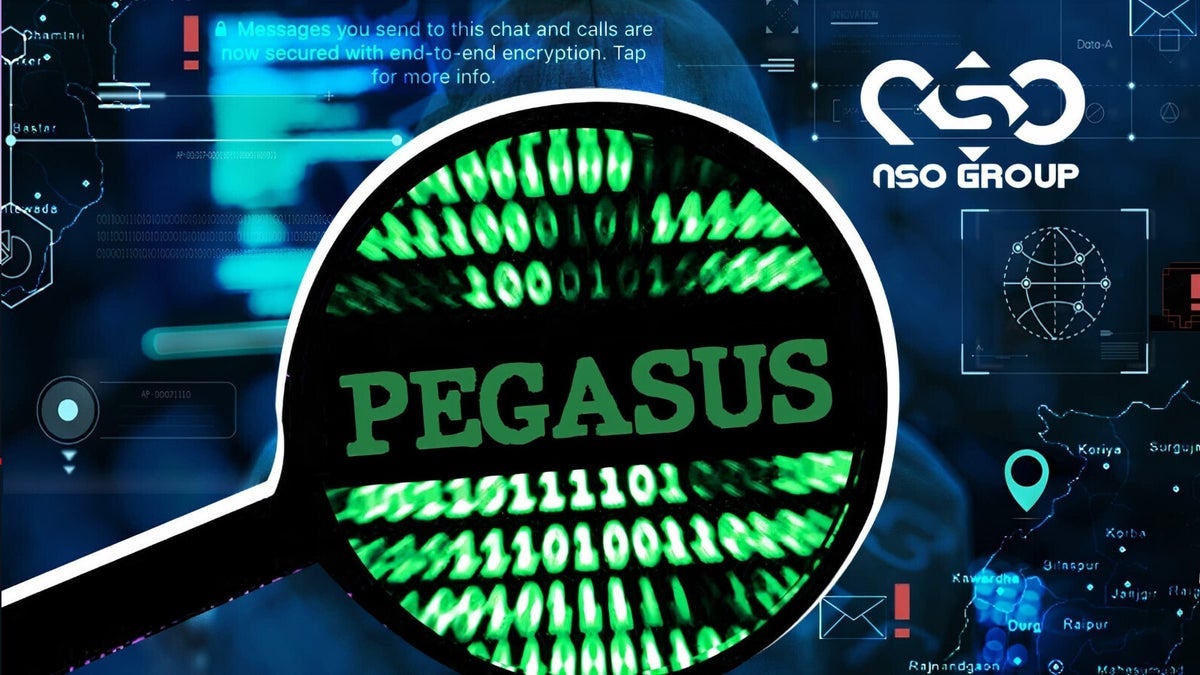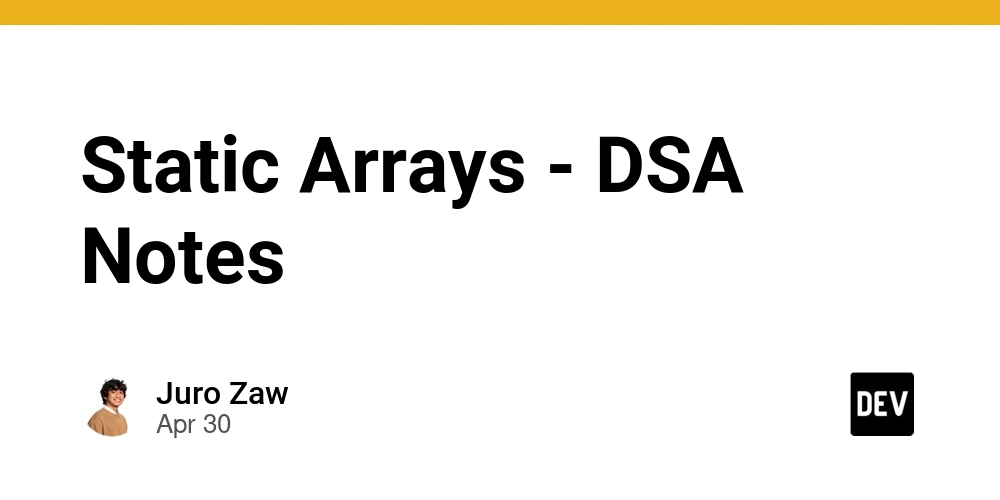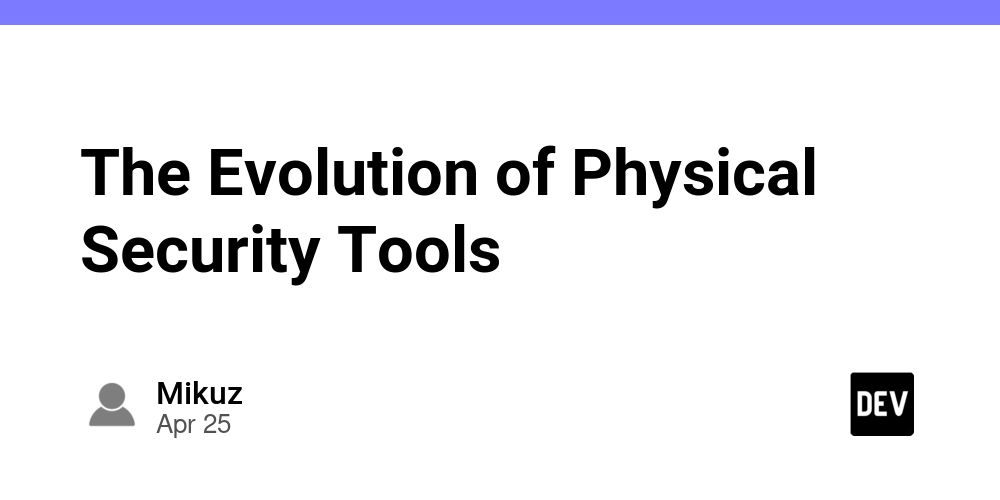Unix Timestamps and Epoch Time 7/10
Understanding Unix Time Unix time, often referred to as epoch time, is one of the most elegant solutions in computing for representing a point in time. At its core, Unix time is beautifully simple: it's the number of seconds that have passed since January 1, 1970, at 00:00:00 UTC, excluding leap seconds. This reference point is fondly known as the "epoch." In Go, the standard library provides several methods to work with Unix time through the time package: // Get current time as Unix timestamp (seconds) seconds := time.Now().Unix() // Get current time as Unix timestamp in milliseconds milliseconds := time.Now().UnixMilli() // Get current time as Unix timestamp in nanoseconds nanoseconds := time.Now().UnixNano() Each method returns an integer representation of the current time, but at different granularities: Unix() returns a int64 representing seconds since epoch UnixMilli() returns a int64 representing milliseconds since epoch UnixNano() returns a int64 representing nanoseconds since epoch The brilliant thing about Unix time is its storage efficiency. Since it's just a number, it's compact and easy to work with across different systems and languages, making it an ideal choice for interoperability. However, there's a catch. The 32-bit signed integer used in older systems to store Unix time will overflow on January 19, 2038 (known as the Year 2038 problem). Modern systems typically use 64-bit integers, which should be good until long after the heat death of the universe. Converting between time.Time and Unix timestamps Working with Unix timestamps in Go involves a two-way street: converting time.Time objects to Unix timestamps and vice versa. The process is straightforward once you understand the available methods. From time.Time to Unix timestamps As we saw in the previous section, converting a time.Time object to a Unix timestamp is done using one of three methods: t := time.Now() // Convert to seconds secondsSinceEpoch := t.Unix() // Returns int64 // Convert to milliseconds millisSinceEpoch := t.UnixMilli() // Returns int64 // Convert to nanoseconds nanosSinceEpoch := t.UnixNano() // Returns int64 These methods are extremely useful when you need to pass time values to systems that expect Unix timestamps, like many databases, APIs, or when serializing data. From Unix timestamps to time.Time The reverse process—converting a Unix timestamp back to a time.Time object—uses the time.Unix(), time.UnixMilli(), and time.UnixMicro() functions: // From seconds secondsTimestamp := int64(1647216000) timeFromSeconds := time.Unix(secondsTimestamp, 0) // From milliseconds millisTimestamp := int64(1647216000000) timeFromMillis := time.UnixMilli(millisTimestamp) // From microseconds microsTimestamp := int64(1647216000000000) timeFromMicros := time.UnixMicro(microsTimestamp) // From nanoseconds nanosTimestamp := int64(1647216000000000000) // For nanoseconds, we need to separate seconds and nanoseconds seconds := nanosTimestamp / 1000000000 nanos := nanosTimestamp % 1000000000 timeFromNanos := time.Unix(seconds, nanos) Note that when using time.Unix(), the second parameter represents additional nanoseconds. This is particularly useful when working with fractional seconds or when converting from nanosecond timestamps. One key thing to remember is type safety. Always ensure you're using int64 for timestamps to avoid overflow issues, especially when working with millisecond or nanosecond precision where the numbers get quite large. After conversion, you have the full power of the time.Time type at your disposal, allowing you to format the time, extract date components, or perform time arithmetic: // After converting Unix timestamp to time.Time t := time.Unix(1647216000, 0) // Format as string formattedTime := t.Format("2006-01-02 15:04:05") // Get components year, month, day := t.Date() hour, min, sec := t.Clock() // Add duration tPlusOneHour := t.Add(time.Hour) These conversion functions make it seamless to work with both time representations in your Go applications. Handling Microsecond and Millisecond Precision When working with time-sensitive applications, second-level precision often isn't enough. Modern systems frequently need to track events with millisecond (ms), microsecond (μs), or even nanosecond (ns) precision. Go's time package handles these requirements elegantly, but there are some nuances worth understanding. Choosing the Right Precision The precision you need depends on your use case: // Millisecond precision (1/1000 of a second) // Good for: UI interactions, most API response times, database query metrics millisTime := time.UnixMilli(1678912345678) // Microsecond precision (1/1000000 of a second) // Good for: Fine-grained performance metrics, some scientific applications microsTime := time.UnixMicro(1678912345678912) // Nanosecond precision (1/1000000000 of a s
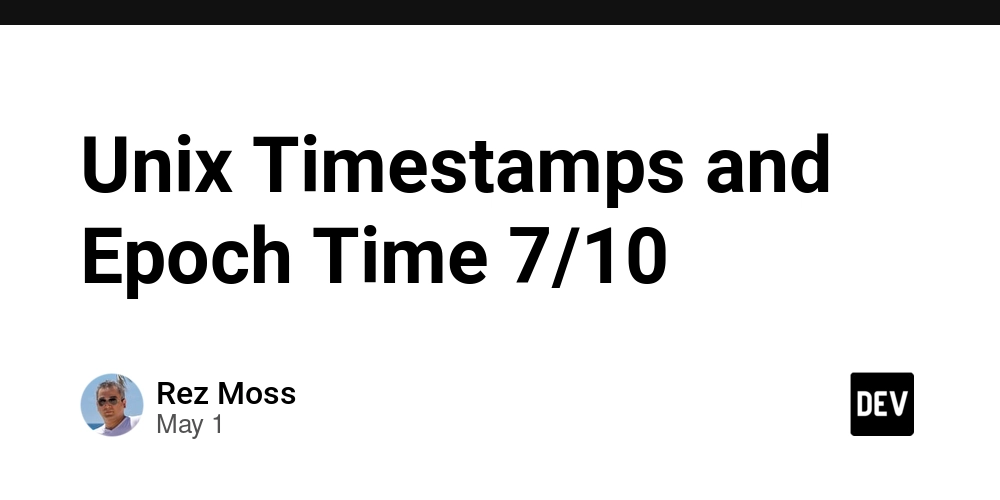
Understanding Unix Time
Unix time, often referred to as epoch time, is one of the most elegant solutions in computing for representing a point in time. At its core, Unix time is beautifully simple: it's the number of seconds that have passed since January 1, 1970, at 00:00:00 UTC, excluding leap seconds. This reference point is fondly known as the "epoch."
In Go, the standard library provides several methods to work with Unix time through the time package:
// Get current time as Unix timestamp (seconds)
seconds := time.Now().Unix()
// Get current time as Unix timestamp in milliseconds
milliseconds := time.Now().UnixMilli()
// Get current time as Unix timestamp in nanoseconds
nanoseconds := time.Now().UnixNano()
Each method returns an integer representation of the current time, but at different granularities:
-
Unix()returns aint64representing seconds since epoch -
UnixMilli()returns aint64representing milliseconds since epoch -
UnixNano()returns aint64representing nanoseconds since epoch
The brilliant thing about Unix time is its storage efficiency. Since it's just a number, it's compact and easy to work with across different systems and languages, making it an ideal choice for interoperability.
However, there's a catch. The 32-bit signed integer used in older systems to store Unix time will overflow on January 19, 2038 (known as the Year 2038 problem). Modern systems typically use 64-bit integers, which should be good until long after the heat death of the universe.
Converting between time.Time and Unix timestamps
Working with Unix timestamps in Go involves a two-way street: converting time.Time objects to Unix timestamps and vice versa. The process is straightforward once you understand the available methods.
From time.Time to Unix timestamps
As we saw in the previous section, converting a time.Time object to a Unix timestamp is done using one of three methods:
t := time.Now()
// Convert to seconds
secondsSinceEpoch := t.Unix() // Returns int64
// Convert to milliseconds
millisSinceEpoch := t.UnixMilli() // Returns int64
// Convert to nanoseconds
nanosSinceEpoch := t.UnixNano() // Returns int64
These methods are extremely useful when you need to pass time values to systems that expect Unix timestamps, like many databases, APIs, or when serializing data.
From Unix timestamps to time.Time
The reverse process—converting a Unix timestamp back to a time.Time object—uses the time.Unix(), time.UnixMilli(), and time.UnixMicro() functions:
// From seconds
secondsTimestamp := int64(1647216000)
timeFromSeconds := time.Unix(secondsTimestamp, 0)
// From milliseconds
millisTimestamp := int64(1647216000000)
timeFromMillis := time.UnixMilli(millisTimestamp)
// From microseconds
microsTimestamp := int64(1647216000000000)
timeFromMicros := time.UnixMicro(microsTimestamp)
// From nanoseconds
nanosTimestamp := int64(1647216000000000000)
// For nanoseconds, we need to separate seconds and nanoseconds
seconds := nanosTimestamp / 1000000000
nanos := nanosTimestamp % 1000000000
timeFromNanos := time.Unix(seconds, nanos)
Note that when using time.Unix(), the second parameter represents additional nanoseconds. This is particularly useful when working with fractional seconds or when converting from nanosecond timestamps.
One key thing to remember is type safety. Always ensure you're using int64 for timestamps to avoid overflow issues, especially when working with millisecond or nanosecond precision where the numbers get quite large.
After conversion, you have the full power of the time.Time type at your disposal, allowing you to format the time, extract date components, or perform time arithmetic:
// After converting Unix timestamp to time.Time
t := time.Unix(1647216000, 0)
// Format as string
formattedTime := t.Format("2006-01-02 15:04:05")
// Get components
year, month, day := t.Date()
hour, min, sec := t.Clock()
// Add duration
tPlusOneHour := t.Add(time.Hour)
These conversion functions make it seamless to work with both time representations in your Go applications.
Handling Microsecond and Millisecond Precision
When working with time-sensitive applications, second-level precision often isn't enough. Modern systems frequently need to track events with millisecond (ms), microsecond (μs), or even nanosecond (ns) precision. Go's time package handles these requirements elegantly, but there are some nuances worth understanding.
Choosing the Right Precision
The precision you need depends on your use case:
// Millisecond precision (1/1000 of a second)
// Good for: UI interactions, most API response times, database query metrics
millisTime := time.UnixMilli(1678912345678)
// Microsecond precision (1/1000000 of a second)
// Good for: Fine-grained performance metrics, some scientific applications
microsTime := time.UnixMicro(1678912345678912)
// Nanosecond precision (1/1000000000 of a second)
// Good for: CPU-level benchmarking, high-precision physics
nanosTime := time.Unix(0, 1678912345678912345)
Notice that for nanosecond precision, we use time.Unix() with seconds set to 0 and the nanoseconds value in the second parameter.
Precision Limitations
There are practical limitations to be aware of:
Storage limitations: An
int64can only hold so much. When using nanoseconds, we're limited to about 292 years on either side of the epoch.System clock limitations: Most operating systems don't actually provide nanosecond-level precision. Typically, the actual precision is in the microsecond range.
Floating point issues: When working with timestamps as floating point values (common in some APIs), be careful with precision loss:
// Problematic: Potential precision loss
floatSeconds := 1678912345.678912
t := time.Unix(int64(floatSeconds), int64((floatSeconds-float64(int64(floatSeconds)))*1e9))
// Better: Use integer representations
seconds := int64(1678912345)
nanos := int64(678912000)
t := time.Unix(seconds, nanos)
Fractional Seconds
Sometimes you'll encounter Unix timestamps with fractional seconds. These need special handling:
// Unix timestamp with fractional seconds (e.g., 1678912345.678912)
fractionalTimestamp := 1678912345.678912
// Extract the whole seconds part
seconds := int64(fractionalTimestamp)
// Extract and convert the fractional part to nanoseconds
nanos := int64((fractionalTimestamp - float64(seconds)) * 1e9)
// Create a time.Time value
t := time.Unix(seconds, nanos)
Converting Between Precisions
Converting between different precision levels requires careful scaling:
// Scale up from seconds to higher precision
secondsTimestamp := int64(1678912345)
millisTimestamp := secondsTimestamp * 1000
microsTimestamp := secondsTimestamp * 1000000
nanosTimestamp := secondsTimestamp * 1000000000
// Scale down (be careful of information loss)
fromNanos := int64(1678912345678912345)
toMicros := fromNanos / 1000 // Lose precision
toMillis := fromNanos / 1000000 // Lose more precision
toSeconds := fromNanos / 1000000000 // Lose even more precision
When scaling down, you're discarding information, so make sure this is acceptable for your application.
By understanding these precision considerations, you can ensure your time-based operations maintain the appropriate level of accuracy for your application's needs.
Why Unix Timestamps are Useful in Databases and Logging
Unix timestamps shine brightest in databases and logging systems, where their simplicity and universality solve numerous time-related challenges. Let's explore why they're often the preferred choice for recording temporal data.
Space Efficiency
In database systems, storage efficiency directly impacts performance and cost. Unix timestamps excel here:
// A standard Go time.Time struct is 24 bytes
timeObj := time.Now()
// sizeof(timeObj) == 24
// An int64 Unix timestamp is just 8 bytes
unixTime := timeObj.Unix()
// sizeof(unixTime) == 8
When you're storing millions of records, this threefold reduction in storage requirements adds up quickly.
Indexing Performance
Database indexes on Unix timestamps are extremely efficient:
-- Creating an index on a Unix timestamp column is straightforward
CREATE INDEX idx_created_at ON events(created_at_unix);
-- Range queries become simple integer comparisons
SELECT * FROM events
WHERE created_at_unix BETWEEN 1678912345 AND 1678998745;
These integer comparisons are significantly faster than datetime comparisons, especially when dealing with time zones or complex formatting.
Cross-Platform Consistency
Unix timestamps eliminate timezone confusion:
// No matter where this code runs, it produces the same Unix timestamp
unixTime := time.Now().Unix()
// Log entry with Unix timestamp
logger.Info("Operation completed",
"operation_id", opID,
"timestamp_unix", unixTime)
This consistency is invaluable when:
- Aggregating logs from distributed systems
- Analyzing data across different time zones
- Ensuring consistent ordering of events
Mathematical Operations
Time calculations become straightforward arithmetic:
// Unix timestamps make time math simple
startTime := time.Now().Unix()
// ... do some work ...
endTime := time.Now().Unix()
durationSeconds := endTime - startTime
// Finding events within the past hour
hourAgo := time.Now().Add(-1 * time.Hour).Unix()
recentEvents, err := db.Query("SELECT * FROM events WHERE event_time > ?", hourAgo)
This simplicity allows for efficient filtering, grouping, and time-based analysis.
Logging Coherence
In distributed systems, establishing a clear sequence of events is crucial:
// Log with nanosecond precision for proper ordering
logger.Debug("Processing request",
"request_id", reqID,
"timestamp_unix_nano", time.Now().UnixNano())
This approach helps maintain the correct chronological order even when log entries arrive out of sequence or when system clocks have minor discrepancies.
Time Series Data
For time series databases, Unix timestamps provide a natural primary key:
// Storing metrics with Unix timestamp as the key
type Metric struct {
Timestamp int64 `json:"ts"`
Value float64 `json:"val"`
Source string `json:"src"`
}
// Retrieving time-based data becomes efficient
metrics, err := db.Query("SELECT * FROM metrics WHERE ts >= ? AND ts < ? ORDER BY ts",
startUnix, endUnix)
This pattern allows for efficient data partitioning, retention policies, and downsampling strategies.
While Unix timestamps aren't perfect for every scenario (particularly human-readable display), their technical advantages make them the ideal choice for systems where performance, storage efficiency, and cross-platform consistency are paramount.
Common Conversions and Edge Cases
Working with Unix timestamps inevitably involves dealing with various conversions and edge cases. Understanding these scenarios will help you build more robust time handling in your applications.
Common Conversions
String to Unix Timestamp
Converting datetime strings to Unix timestamps is a common task:
// Parse a datetime string to time.Time
layout := "2006-01-02 15:04:05"
timeStr := "2023-03-15 10:30:45"
t, err := time.Parse(layout, timeStr)
if err != nil {
log.Fatal("Error parsing time:", err)
}
// Convert to Unix timestamp
unixTimestamp := t.Unix()
For RFC3339 formatted strings (a common standard in APIs):
// Parse RFC3339 string
timeStr := "2023-03-15T10:30:45Z"
t, err := time.Parse(time.RFC3339, timeStr)
if err != nil {
log.Fatal("Error parsing time:", err)
}
unixTimestamp := t.Unix()
Unix Timestamp to Human-Readable Format
Converting back to human-readable formats:
// Unix timestamp to formatted string
unixTime := int64(1678886645)
t := time.Unix(unixTime, 0)
formatted := t.Format("January 2, 2006 at 3:04:05 PM MST")
Handling Different Time Zones
Time zone awareness is crucial when converting between Unix timestamps and local times:
// Get Unix timestamp for a specific time in a specific timezone
loc, err := time.LoadLocation("America/New_York")
if err != nil {
log.Fatal("Error loading location:", err)
}
// Create a time in the specified timezone
specificTime := time.Date(2023, 3, 15, 10, 30, 0, 0, loc)
// Convert to Unix timestamp (always UTC)
unixTime := specificTime.Unix()
// Convert Unix timestamp back to local time
localTime := time.Unix(unixTime, 0).In(loc)
Edge Cases
The 2038 Problem
As mentioned earlier, 32-bit systems face the Year 2038 problem:
// This timestamp will cause overflow on 32-bit systems
maxInt32 := int32(2147483647)
// January 19, 2038 03:14:07 UTC
lastMoment := time.Unix(int64(maxInt32), 0)
// Always use int64 for timestamps to avoid this
safeTimestamp := int64(2147483648)
Pre-Epoch Dates
Handling dates before 1970 requires negative Unix timestamps:
// July 20, 1969 - Moon landing
moonLanding := time.Date(1969, 7, 20, 20, 17, 0, 0, time.UTC)
unixTime := moonLanding.Unix() // This will be negative: -14159040
While Go handles this correctly, some systems or databases might not support negative Unix timestamps.
Leap Seconds
Unix time ignores leap seconds, creating a discrepancy between Unix time and UTC:
// No special handling for leap seconds in Go
// Unix time simply "freezes" for a second during a leap second
// This means two different UTC times can have the same Unix timestamp
This is rarely an issue except in highly time-sensitive applications.
Date Range Limitations
Go's time package has practical limits:
// The minimum representable time
minTime := time.Unix(-2147483648, 0) // December 13, 1901
// Very old dates may cause issues
ancientDate := time.Date(1800, 1, 1, 0, 0, 0, 0, time.UTC)
// Works in Go, but may cause problems when converting to other systems
Zero Values and Null Times
Handling "no time" scenarios:
// Zero value in Go's time.Time
var zeroTime time.Time // January 1, year 1, 00:00:00 UTC
isZero := zeroTime.IsZero() // true
// In databases, consider using pointers for nullable times
type Event struct {
ID int64
Name string
CreatedAt int64 // Required timestamp
DeletedAt *int64 // Optional/nullable timestamp
}
// When an event is deleted
now := time.Now().Unix()
event.DeletedAt = &now
Understanding these common conversions and edge cases helps you build time-handling code that's more resilient to the quirks and complexities of real-world applications. By anticipating these scenarios, you can avoid subtle bugs that might otherwise only manifest at inconvenient moments.








































































































































































![[The AI Show Episode 145]: OpenAI Releases o3 and o4-mini, AI Is Causing “Quiet Layoffs,” Executive Order on Youth AI Education & GPT-4o’s Controversial Update](https://www.marketingaiinstitute.com/hubfs/ep%20145%20cover.png)












































































































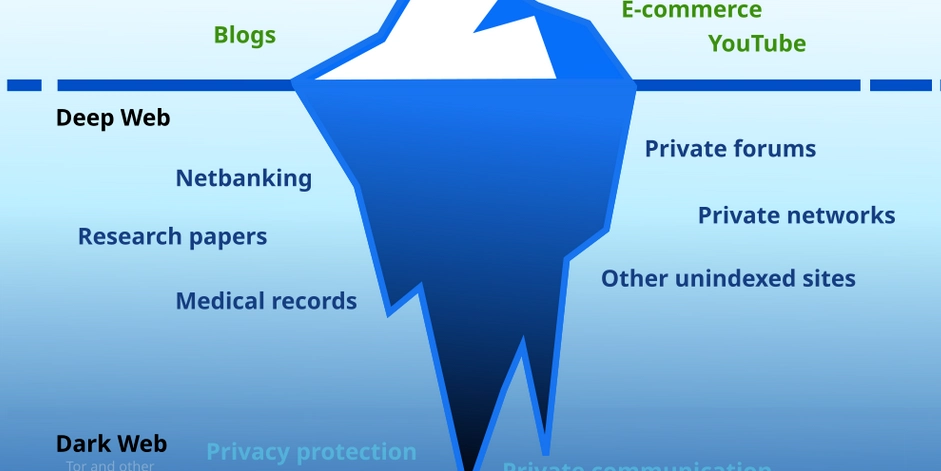

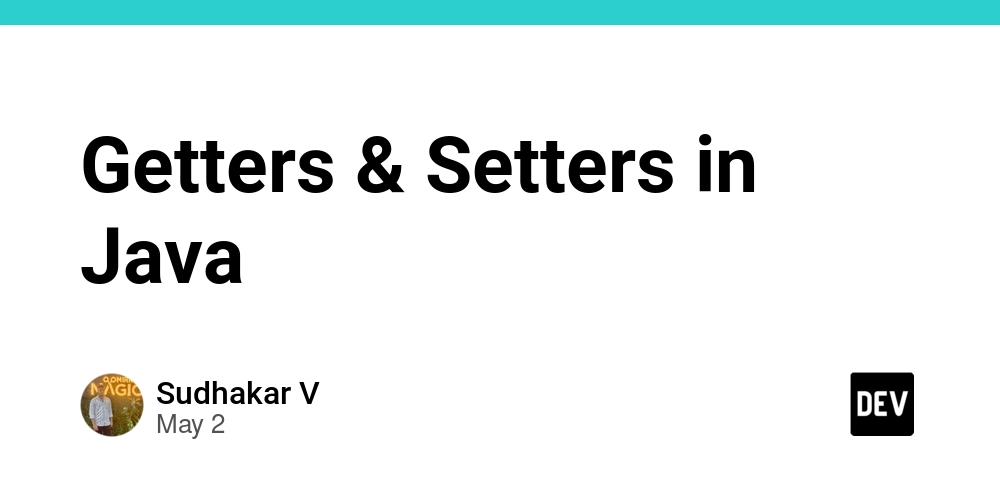
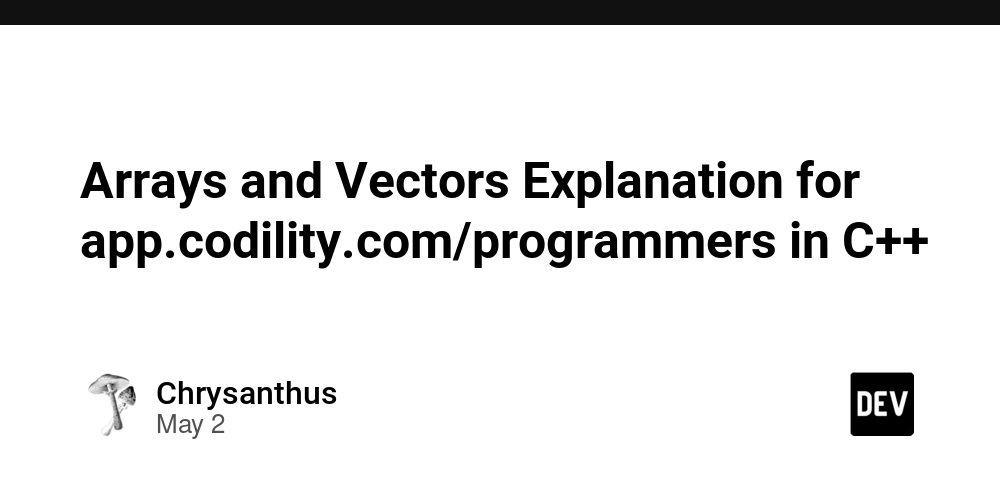















![[DEALS] Mail Backup X Individual Edition: Lifetime Subscription (72% off) & Other Deals Up To 98% Off – Offers End Soon!](https://www.javacodegeeks.com/wp-content/uploads/2012/12/jcg-logo.jpg)




























































































































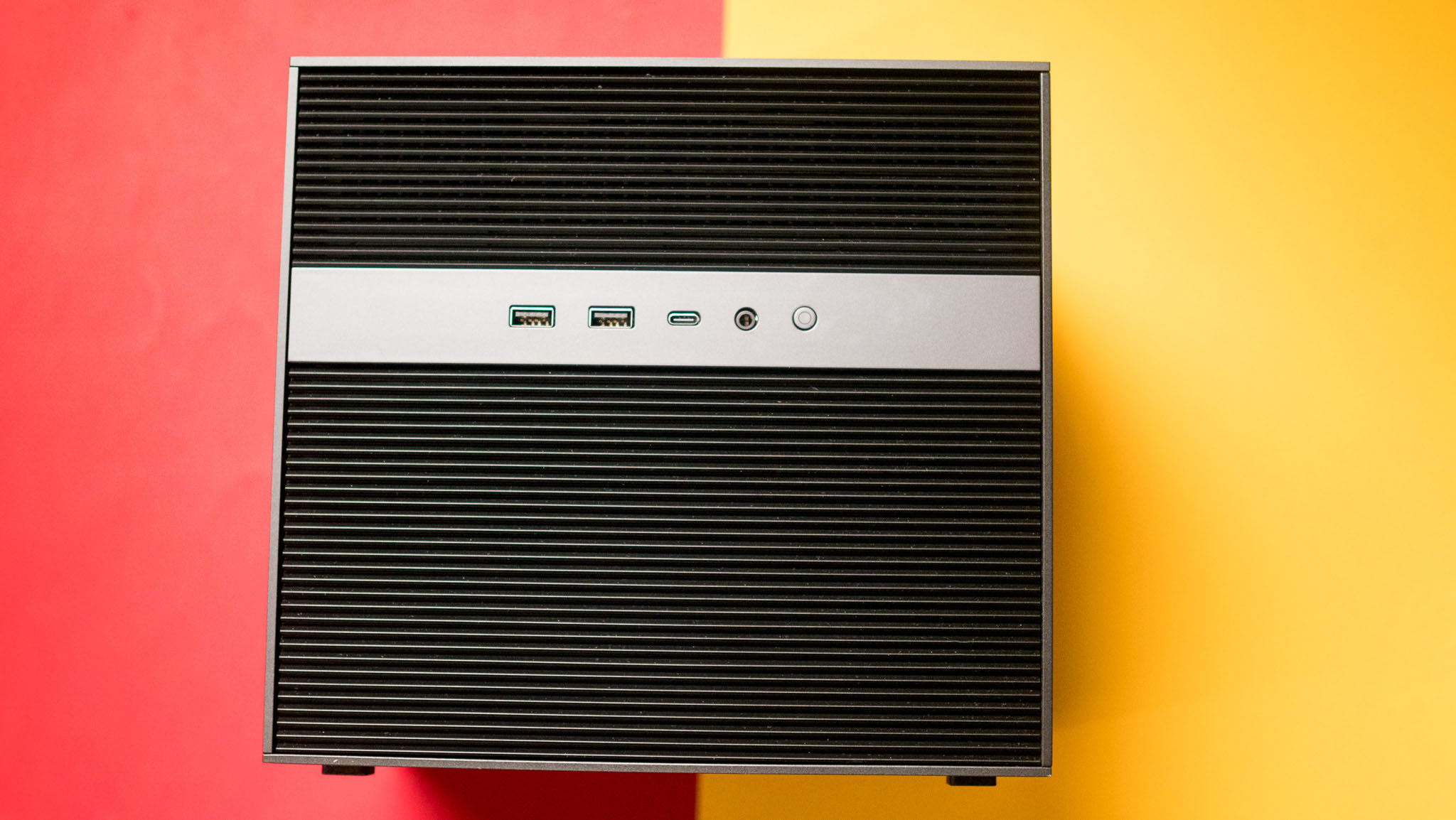








































































































![Google reveals NotebookLM app for Android & iPhone, coming at I/O 2025 [Gallery]](https://i0.wp.com/9to5google.com/wp-content/uploads/sites/4/2025/05/NotebookLM-Android-iPhone-6-cover.jpg?resize=1200%2C628&quality=82&strip=all&ssl=1)

















![Apple Reports Q2 FY25 Earnings: $95.4 Billion in Revenue, $24.8 Billion in Net Income [Chart]](https://www.iclarified.com/images/news/97188/97188/97188-640.jpg)






















































